It is our pleasure to interview the fourth-generation boss of Xin He Chun Soy Sauce Factory in Shetou Township, Changhua County – Zhang, Yo Sheng. He shared with us the secrets of traditional soy sauce and his bittersweet experience. The interview content is as follows:
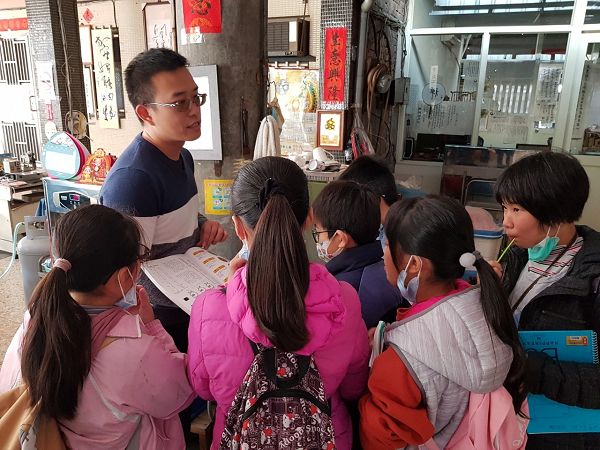

I’ll start by giving a self-introduction. I’m the fourth-generation boss of this soy sauce factory – Zhang, Yo Sheng. My great grandfather started this undertaking in the 10th year of the Japan Taisho Era, equivalent to the 10th year of the Republic Era and it is the 109th year of the Republic Era, so the factory is now 99 years old. It is its 100th birthday next year, passing on for four generations to me. The factory still follows the old tradition to make soy sauce from black beans.
To make soy sauce, black beans and salt are required. The function of salt is to preserve. If it does not contain enough salt, the soy sauce will easily be spoiled if kept too long, and that is why traditional soy sauce tastes saltier. Whichever the kinds, the soy sauce made from our factory is pure brewed.
There are two types of raw materials for soy beans, which are black soy beans and soy beans. Our factory insisted on using black soy beans to make soy sauce. 70 percent of soy sauce on the market are made from soy beans because they are comparatively cheaper. Some use soy flakes that are used to make salad oil to make soy sauce.
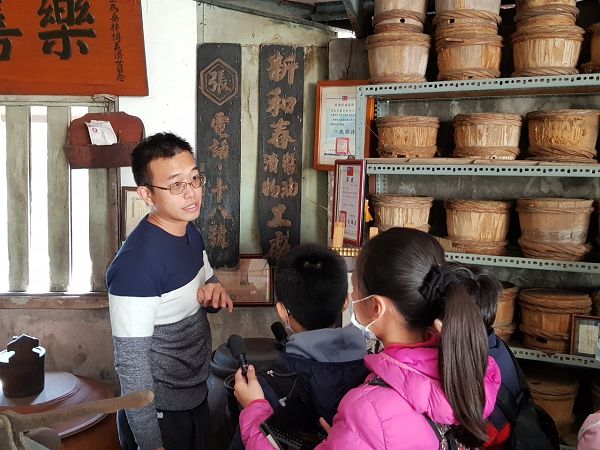
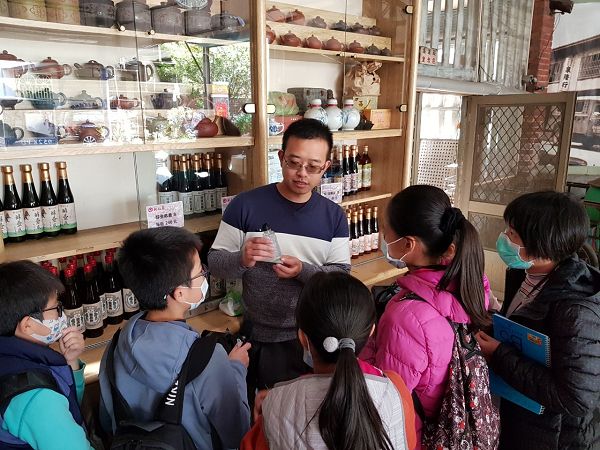
We cleanse black soy beans and put them in steam pressure cookers to have them cooked before we take them to ferment in the fermentation room. The best temperature for beans’ fermentation is 30 degrees. We are not equipped with temperature controller so the beans’ fermentation process proceeds in summer, which gives beans better quality. In contrast, the weather in winter is comparatively lower, so the fermented beans won’t look that nice. The key to making good soy sauce relies on beans’ fermentation.
After fermentation, the beans are mixed with salt and put in vats. There are only two raw materials used –black beans and salt. As to fermentation, there are two ways which are dry method and wet method. We distinguish ourselves from other factories by adopting dry method whereas almost every other company take wet method.
When the beans that have undergone wet method of fermentation are put in vats, they need to be filled with 80% saline water but no water is required for those that have undergone dry method of fermentation. The most conspicuous difference between them is the yield. Wet method has a relatively higher yield but lower sauce concentration. It takes 4 months to open vats to make soy sauce after beans are sealed by salt.

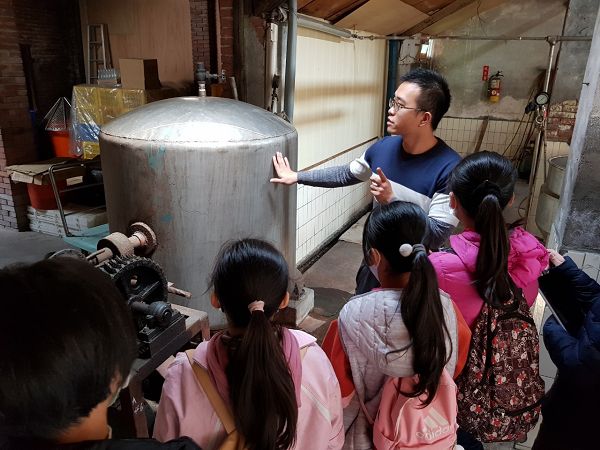
The process of opening vats is to remove the salt covered above and dig a hole in its middle with a shovel for easy access to the soy sauce beneath. After opening vats, we can see the sauce on the bottom, we call them pot bottom sauce and it’s the best quality.
The concentration of black beans determines soy sauce quality. The higher the concentration, the better the quality, but it tastes saltier. Soy sauce is salty by nature because its salinity is its most natural preservative.
The soy sauce that are brewed have higher viable count and thus, they have to be cooked and filtered before they hit the shelves. The above is the general process of how soy sauce is made.
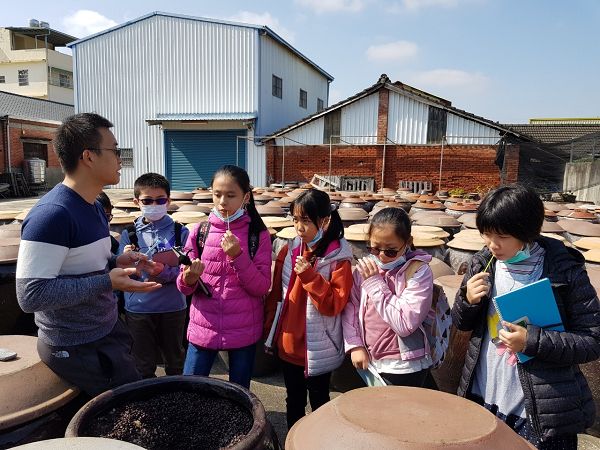



I’ll start by giving a self-introduction. I’m the fourth-generation boss of this soy sauce factory – Zhang, Yo Sheng. My great grandfather started this undertaking in the 10th year of the Japan Taisho Era, equivalent to the 10th year of the Republic Era and it is the 109th year of the Republic Era, so the factory is now 99 years old. It is its 100th birthday next year, passing on for four generations to me. The factory still follows the old tradition to make soy sauce from black beans.
To make soy sauce, black beans and salt are required. The function of salt is to preserve. If it does not contain enough salt, the soy sauce will easily be spoiled if kept too long, and that is why traditional soy sauce tastes saltier. Whichever the kinds, the soy sauce made from our factory is pure brewed.
There are two types of raw materials for soy beans, which are black soy beans and soy beans. Our factory insisted on using black soy beans to make soy sauce. 70 percent of soy sauce on the market are made from soy beans because they are comparatively cheaper. Some use soy flakes that are used to make salad oil to make soy sauce.


We cleanse black soy beans and put them in steam pressure cookers to have them cooked before we take them to ferment in the fermentation room. The best temperature for beans’ fermentation is 30 degrees. We are not equipped with temperature controller so the beans’ fermentation process proceeds in summer, which gives beans better quality. In contrast, the weather in winter is comparatively lower, so the fermented beans won’t look that nice. The key to making good soy sauce relies on beans’ fermentation.
After fermentation, the beans are mixed with salt and put in vats. There are only two raw materials used –black beans and salt. As to fermentation, there are two ways which are dry method and wet method. We distinguish ourselves from other factories by adopting dry method whereas almost every other company take wet method.
When the beans that have undergone wet method of fermentation are put in vats, they need to be filled with 80% saline water but no water is required for those that have undergone dry method of fermentation. The most conspicuous difference between them is the yield. Wet method has a relatively higher yield but lower sauce concentration. It takes 4 months to open vats to make soy sauce after beans are sealed by salt.


The process of opening vats is to remove the salt covered above and dig a hole in its middle with a shovel for easy access to the soy sauce beneath. After opening vats, we can see the sauce on the bottom, we call them pot bottom sauce and it’s the best quality.
The concentration of black beans determines soy sauce quality. The higher the concentration, the better the quality, but it tastes saltier. Soy sauce is salty by nature because its salinity is its most natural preservative.
The soy sauce that are brewed have higher viable count and thus, they have to be cooked and filtered before they hit the shelves. The above is the general process of how soy sauce is made.


Data Compilation :Members of Expert Expedition
Source of Photos :Members of Expert Expedition
Source of Information:Members of Expert Expedition
Source of Photos :Members of Expert Expedition
Source of Information:Members of Expert Expedition




